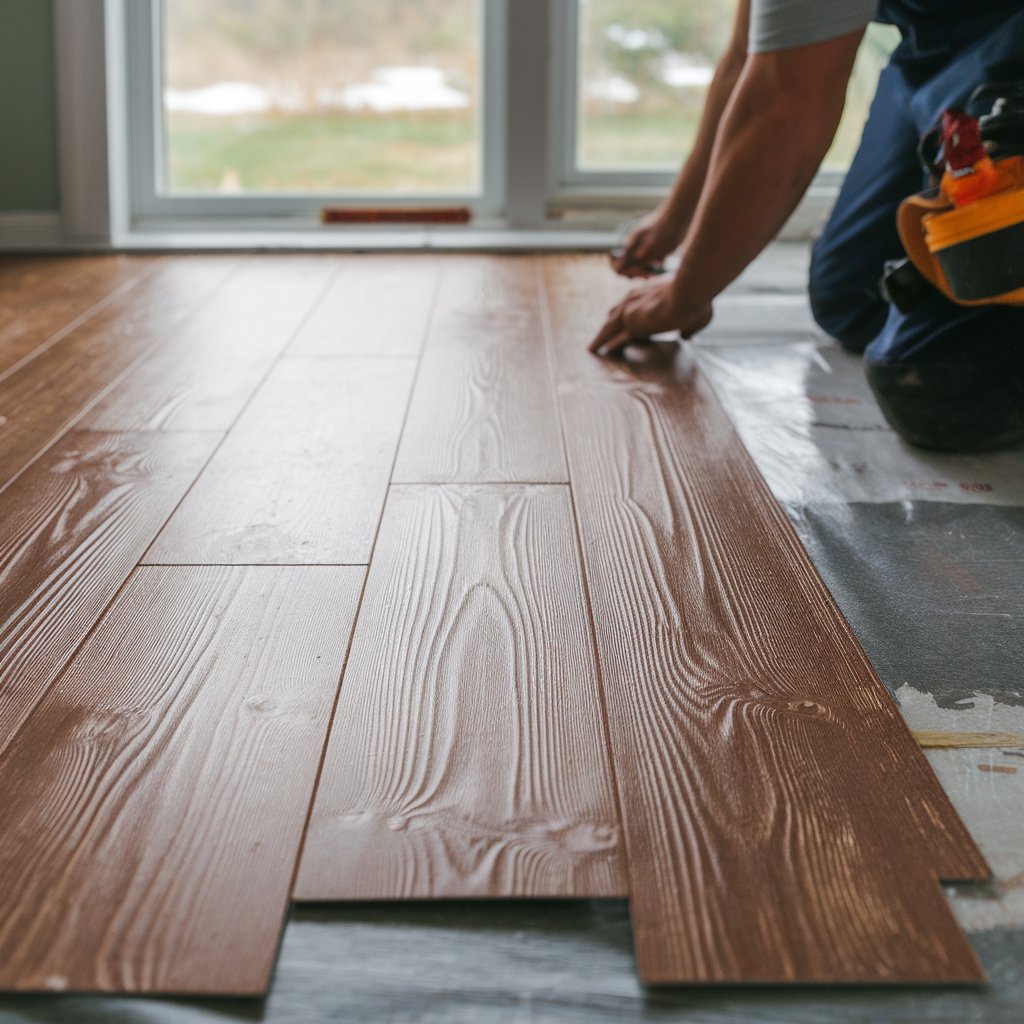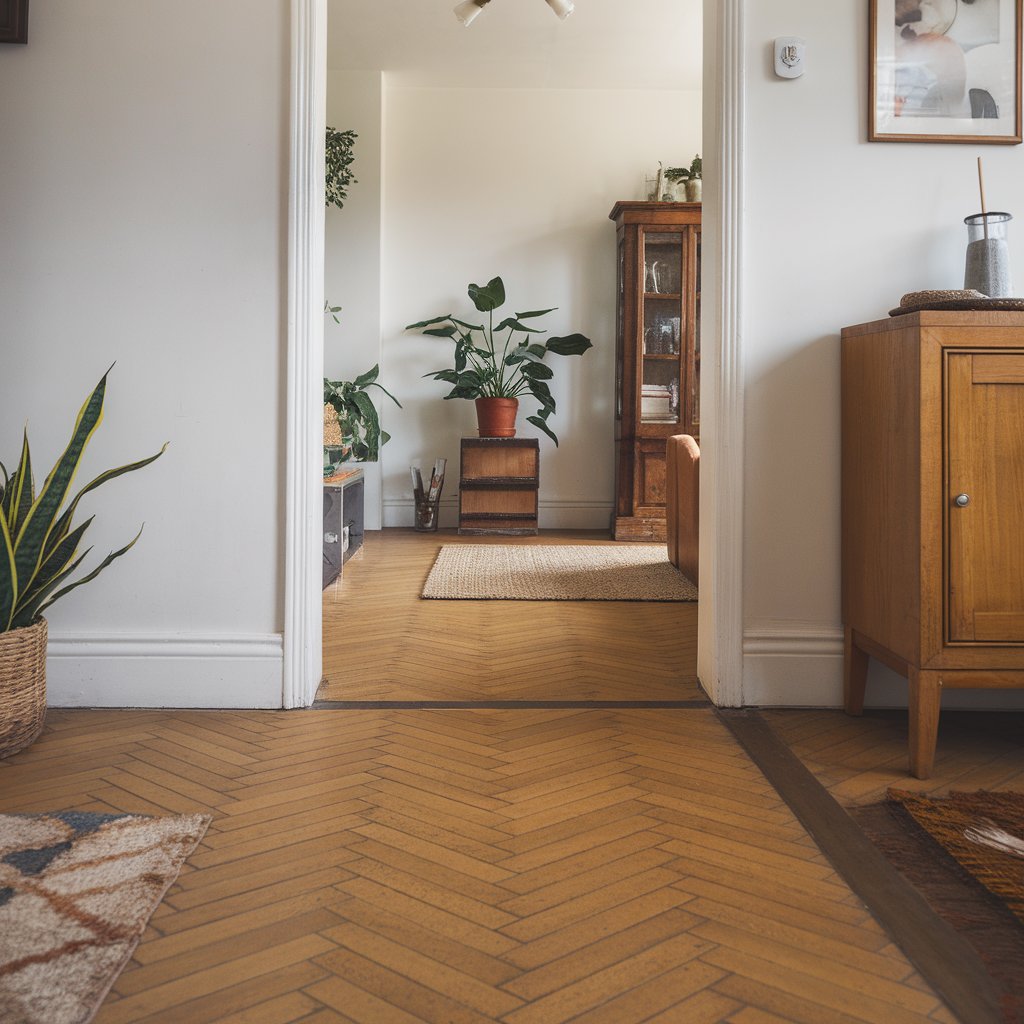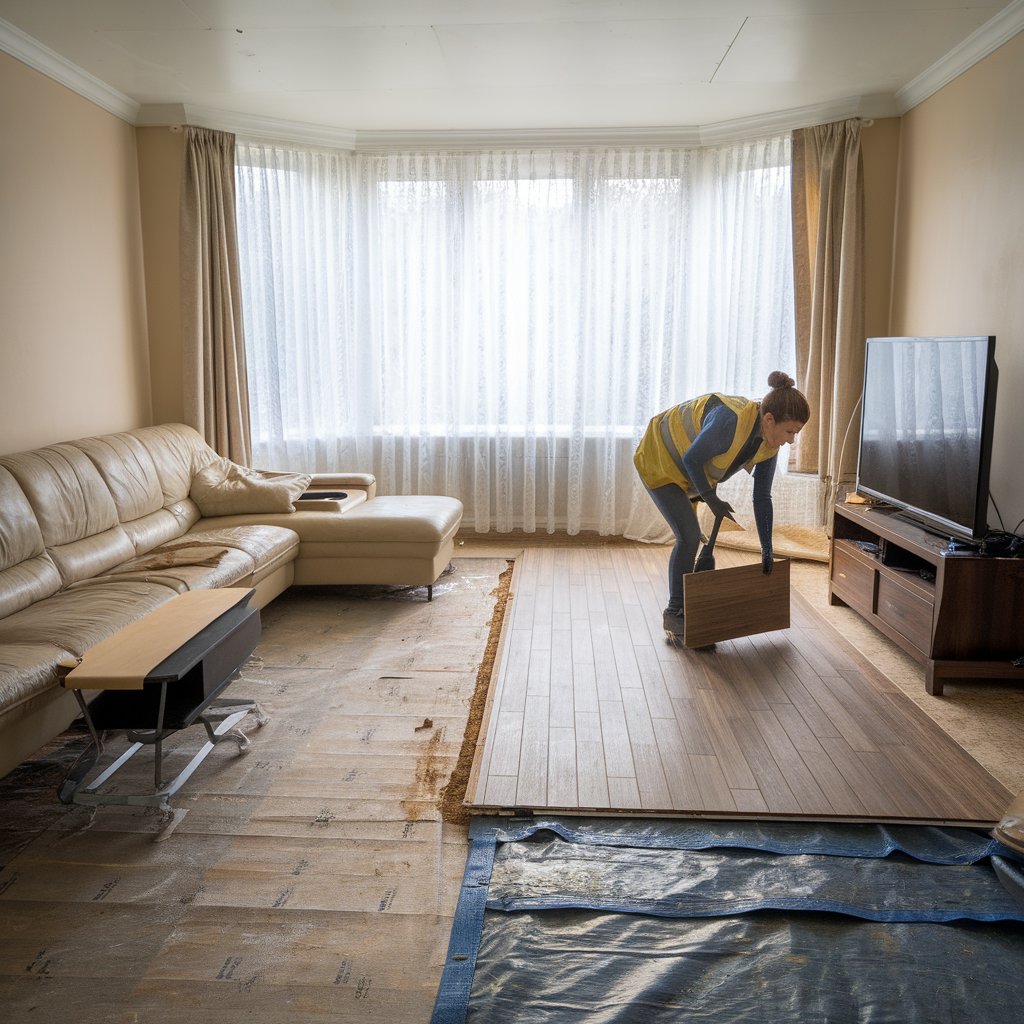Transforming your space with new flooring can breathe fresh life into any UK property. Whether it’s your home kitchen, a lounge, or a retail shop, replacing worn-out vinyl flooring means a cleaner look and improved durability. Many homeowners and landlords wonder about the typical timelines, mindful of busy schedules and daily routines.
In this article, we’ll explore how long a vinyl floor replacement generally takes, from preparation to final touches. We’ll cover the signs you need to replace, practical steps, and essential factors that affect the overall duration. By understanding the process and following a structured approach, you can achieve a flawless, professional finish without too much disruption. Read on to discover valuable insights about how to replace a section of vinyl flooring, manage water damage, and navigate UK regulations for the best outcome.
Understanding the average time to replace flooring can help you plan effectively. In many UK homes, removing old vinyl and installing new materials usually spans one to two days, depending on the room size and subfloor condition. If there’s significant damage underneath, extra subfloor preparation might extend this timeframe. Damp patches or uneven surfaces require thorough checks and repairs before the new vinyl goes down.
When luxury vinyl plank installation time is involved, it can be slightly longer than standard sheet vinyl. Commercial premises with high foot traffic may also need added underlayment or specialist finishes. Rest assured, a professional installer can guide you through each step, suggesting the most efficient approach without compromising on quality.

Not every scenario calls for a complete floor replacement. Sometimes we only need to address problem spots. If you’re learning how to replace a section of vinyl flooring, the key steps are straightforward.
Carefully cut away the damaged area, taking care not to disturb the surrounding material. After preparing and levelling the exposed subfloor, apply adhesive to lay a matching vinyl patch.
Minor seams or edges can be heat-welded for a secure finish, which also protects against moisture. This method is a cost-effective option when we can replace one piece of vinyl flooring at a time without having to remove the entire floor. It’s a perfect solution if only a small area has suffered wear or scratches.
When panels are cracked, lifting, or stained, it’s often time to arrange a professional replacement. Damaged vinyl floor replacement can prevent hazards, making the area safer for family members or colleagues. If the damage is localised, a single piece swap might suffice. But sections that are significantly warped or peeling due to water damage under vinyl flooring typically demand more comprehensive work.
In the UK, it’s crucial to maintain slip resistance and meet any relevant safety regulations, especially in commercial establishments or workplaces with an office vinyl floor. The right finish helps reduce accident risks while ensuring the surface remains easy to clean. Once repaired, your vinyl flooring can look brand new and last for many years.
Bathrooms present unique challenges thanks to constant exposure to moisture. To replace vinyl flooring in a bathroom, we must first inspect for leaks, dampness, or mould. Addressing these issues prevents future lifting and extends the new floor’s lifespan.
After removing old vinyl and evaluating the subfloor, consider re-sealing the edges or adding a moisture barrier. Once the surface is dry and level, we can install the fresh vinyl, ensuring seamless corners and watertight sealing. This approach safeguards against water damage, keeping your space hygienic and slip-resistant.

Before starting any replacement project, create a floor replacement preparation checklist. Include tasks such as measuring the area accurately, sourcing materials, and ensuring we have the proper adhesives and tools. Clear the work zone of furniture or obstacles to speed up installation.
Investing in proper flooring changes can boost the comfort, safety, and style of any UK space. Although the question “how long does it take to replace vinyl flooring?” depends on factors like room size, subfloor condition, and moisture levels, a well-planned approach minimises disruptions. From simply learning how to replace a section of vinyl flooring to tackling a completely damaged vinyl floor, professional care goes a long way. Whether you’re upgrading a kitchen, a commercial office, or installing vinyl floor with underfloor heating, expert guidance ensures lasting performance and energy-efficient warmth. If you’re ready for a cost-effective, lasting upgrade, get in touch with Floor Coverings Local for specialist advice and a flawless finish.
